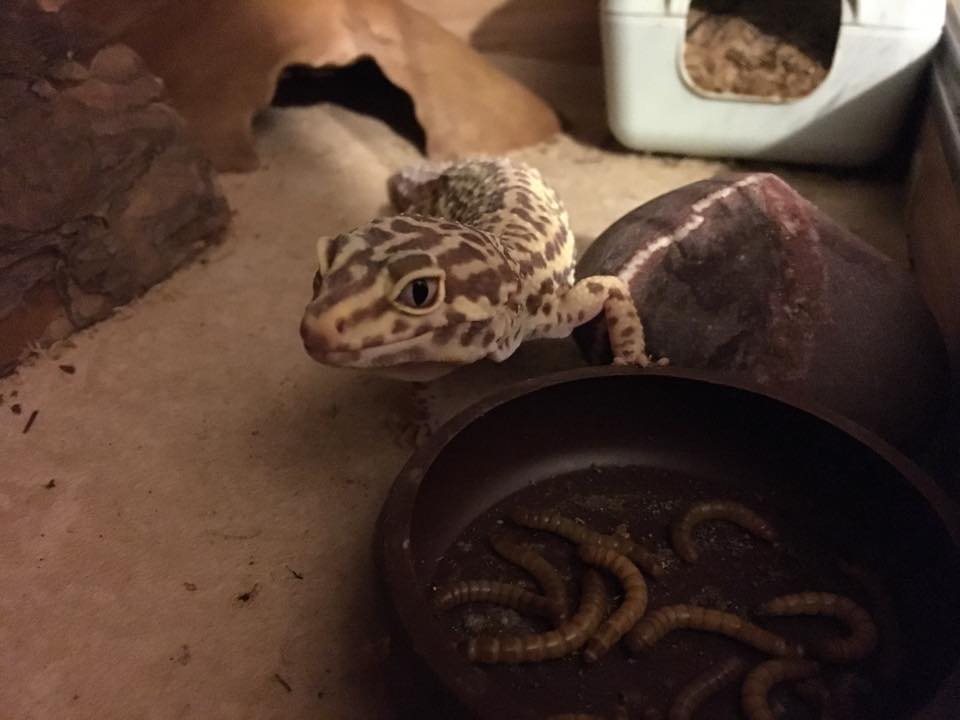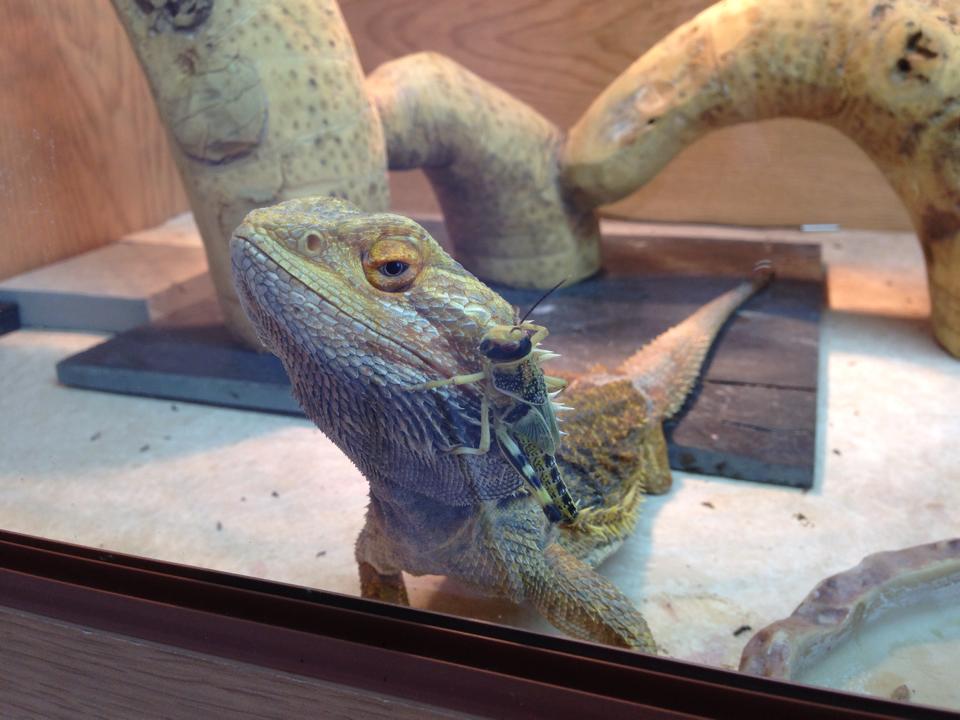If you keep reptiles or amphibians, you may need to feed live food. Although they are destined to be dinner, it’s really important to care for them correctly as the healthier the food is, the better they are for your pet. But if you are new to keeping livefood, read this blog to find out more.
Where is the best place to buy live food?
Your options are either a pet shop or online. Due to the increase in popularity of keeping exotic pets, most pet shops now stock live food. Before you buy, it might sound silly but check the box that they are still alive. In a pinch, I have gone to petshops and so many have dead insects in as they aren’t keeping them properly and you don’t want to waste your money.
I prefer to order my insects online because it generally works out cheaper for me because I have a lot of reptiles and amphibians and buy in bulk. It’s more convenient for me and they come straight from the stockist so I know they have been kept well.
Is it a good idea to get livefood sent through the post?
The insects are kept in better condition as they come straight from the supplier, rather than bred at the suppliers, shipped to a pet shop and then wait for you to buy them – it’s hard to know how long the livefood has been sat on the shelf in a pet store and I have been to pet shops in the past where the employees were scared of the insects and wouldn’t open the tubs to feed them. Unless the pet shop takes them out of their small shipping tubs and gives them a proper diet, personally I would avoid them. The small containers don’t give the insects much room, the humidity levels are high due to poor ventilation and they usually aren’t fed properly.
I think I may have found one or two dead insects in the many years I have ordered online, so I find it much better for so many reasons. If you order online, the insects are well packaged in sealed travel containers and the parcels arrive within 24 hours. They usually have something along the lines of ‘live biological matter’ on the box, so they are shipped quickly to your door – just make sure they are sent when you are due to be or they’ll be sent back to the sorting office!

Bulk bags
Due to owning several exotic species who eat the same food items, I order bulk bags because it works out better value for money – the bugs are posted in breathable bags and are loose inside the bag. The bags are then placed in a box with airholes and posted to you. Bulk bags are good if you need to order a large amount of live food and they are usually sent in batches of 250 – 1000. Just be careful not to buy too many, as even if you keep your live food correctly, they won’t live long and this is a waste of money if you aren’t feeding them to your pet. Also, if they grow too big, they may not be a suitable size for your animal.
The bag is tied close with a cable tie, I find it easiest to take the bag into my bathroom and put my container in the bath, snip the cable tie and tip the bag into the container. There is a method to my madness as its much easier to catch escapees in a slippery bath than in any other room of the house. the first time they arrived in a bag, I’ll admit I was a little nervous and could only touch the bugs using tongs, however, I promise you get used to it and I can now pick them up with my bare hands.
What do I need before buying live food?
This will vary slightly depending on what species you buy and my later blogs will go into more depth for each species. A rough guide for what you will need are;
- Feeding tongs – for picking up the food to feed to your pet. Also useful for removing dead insects or uneaten food.
- A plastic tank with good ventilation to house the livefood.
- A RUB with air holes drilled in can be used instead of a plastic tank. Just make sure the holes you drill aren’t too big or the insects might escape!
- Bug grub for gut-loading your insects.
- Bug gel to offer a water source without the risk of drowning.
- Fish bags to dust the insects in before offering to your pet.
- Calcium dust (sometimes called Calci dust) used to dust the insects in before feeding to your animal.
- Vitamin dust (commonly called Nutrobal) also used to dust the livefood with before offering to your pet.
You are what you eat! When keeping livefood, what does gutloading mean?
Simply put, gut loading means making sure the live food is of high nutritional value before feeding them to your reptile or amphibian. Livefood such as crickets and mealworms generally have low nutritional value, which is why it is so important to ensure they are eating a nutritious diet. For more in-depth guidance on what you should feed, please refer to the blog I have written on each species – crickets, locust, Dubai roaches, mealworms, earthworms, Morio worms.
Humidity
High humidity is good for some species, such as Calci Worms and earthworms but can quickly kill other species like crickets. Not only this, but it will make any vegetables or fruit you put in with them go mouldy too. The best way to avoid this is to ensure there is enough ventilation and avoid humidity, which is why I transfer my live food into a larger, plastic container, or a RUB with air holes drilled in rather than leaving them in the small tubs they arrive in.
Food items
As food varies depending on their species, I have split the blogs to make it simpler. Click to find out more on;
These blogs will help you with everything you need to know about keeping livefood so your pet has the best diet possible.

